6 Linux USB Tools To Fix Your PC
If you ask a Linux user what Linux is good for, they’ll tell you quite a bit. They’ll tell you that Linux is perfect for aging PC’s. For those who don’t rely on operating specific software, to save money, and more. Suffice it to say, there are a lot of reasons for the end-user to use Linux — but what about professionals? Are there any professional, on-the-job uses for Linux? And what are the best tools for this kind of thing? Linux users who works on computers (Windows, Linux or otherwise), may know that Linux is the perfect platform for fixing broken computers. In general, recovering lost data, and things like that work perfect under Linux. In this article, we’ll go over the best Linux USB tools to carry with you to jobs. This will mainly be focused around dedicated live-disks, and USB utilities that can make a Linux IT pro’s work easier.
So, what are the best tools for the job?
1. CloneZilla
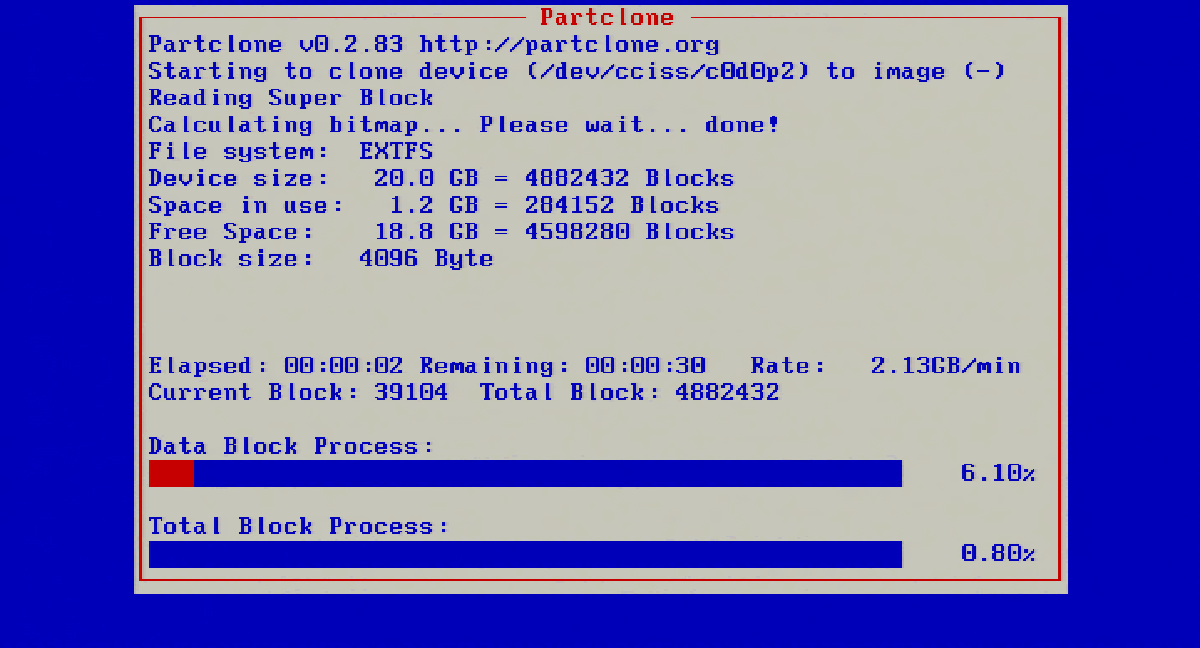
CloneZilla, the perfect tool for those looking to quickly rescue data. With this tool, users can quickly make a live image of any hard drive and operating system. Having this tool on the job is critical, especially in places where you need to quickly migrate a client over to new hard drive. With the CloneZilla tool, it’s a quick and easy process to make a direct clone, or a raw backup for later.
Want to learn more about how to clone a hard drive with the Clonezilla tool? Check out our in-depth article on it here!
2. Super Grub Disc
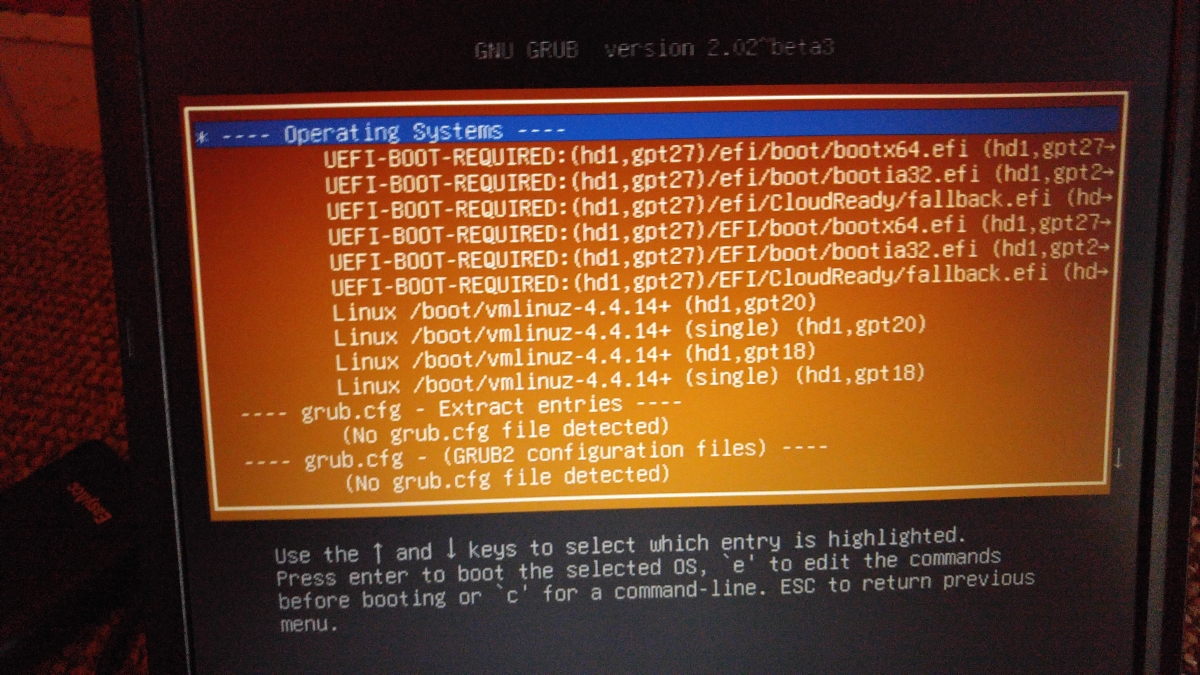
Those that use the Linux operating system are probably familiar with the Gnu GRUB bootloader. It’s a piece of software that lives on your hard drive, and does many things, like: managing the boot devices on your PC, allowing you to load operating systems. It also houses other special functions like a recovery mode, and is generally a super important thing in every Linux user’s life.
For the most part, this software is really safe, and secure. Grub has been around for a very long time and hardly ever crashes. That said, things happen. Files move around, operating systems update incorrectly, and etc. When this happens, the bootloader can be displaced, and broke.
If you’re looking for a way to fix Grub, there are many ways. However, dealing with the GNU Grub command-line is frustrating, to say the least. That’s why, if you’re a Linux IT pro who’s constantly fixing Grub issues on site, you may want to check out Super Grub disk. It’s an all-in-one live tool that once loaded, can detect all operating systems, and construct a working bootloader to load from.
3. Rescatux
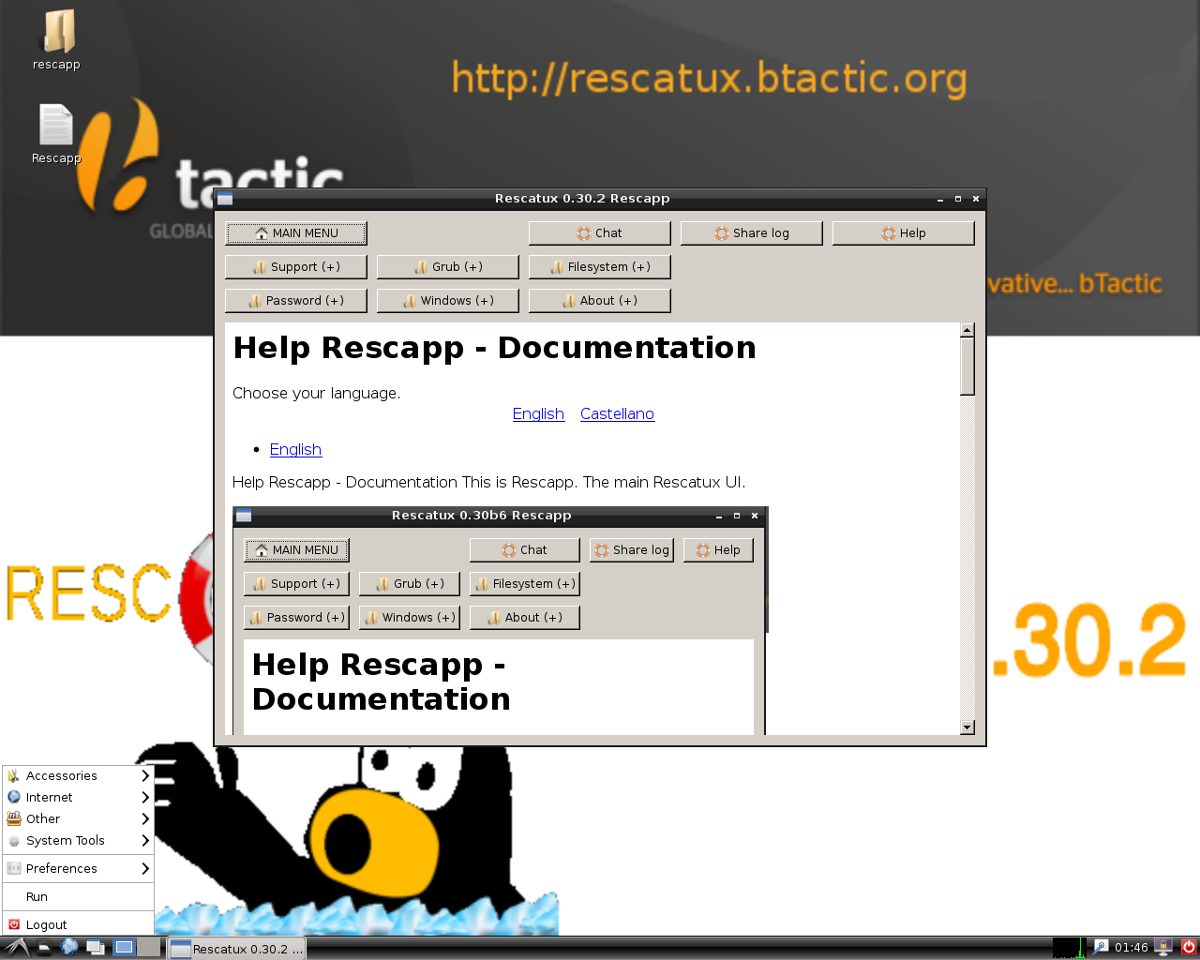
Rescatux is a Linux rescue operating system, that is perfect for those looking to troubleshoot and fix a broken Linux PC. Like Super Grub Disk, it has the ability to quickly and efficiently fix Grub issues and breakages. Additionally, Rescatux has the ability to change an unknown system password, troubleshoot many different filesystems (including non-Linux ones like Fat and NTFS), and it has some killer non-Linux tools too!
That’s right, if you’re working on a Windows system, you can load up Rescatux too! Windows-specific features include: clearing Windows passwords, fixing the master boot record, giving general users an Administration role, and even re-installing a broken windows EFI partition.
Suffice it to say, if you’re regularly fixing both Linux and Windows PCs, you may want try out Rescatux. Heck, even if you just want a good tool to use as a general user, this is a good start.
4. Gparted Live
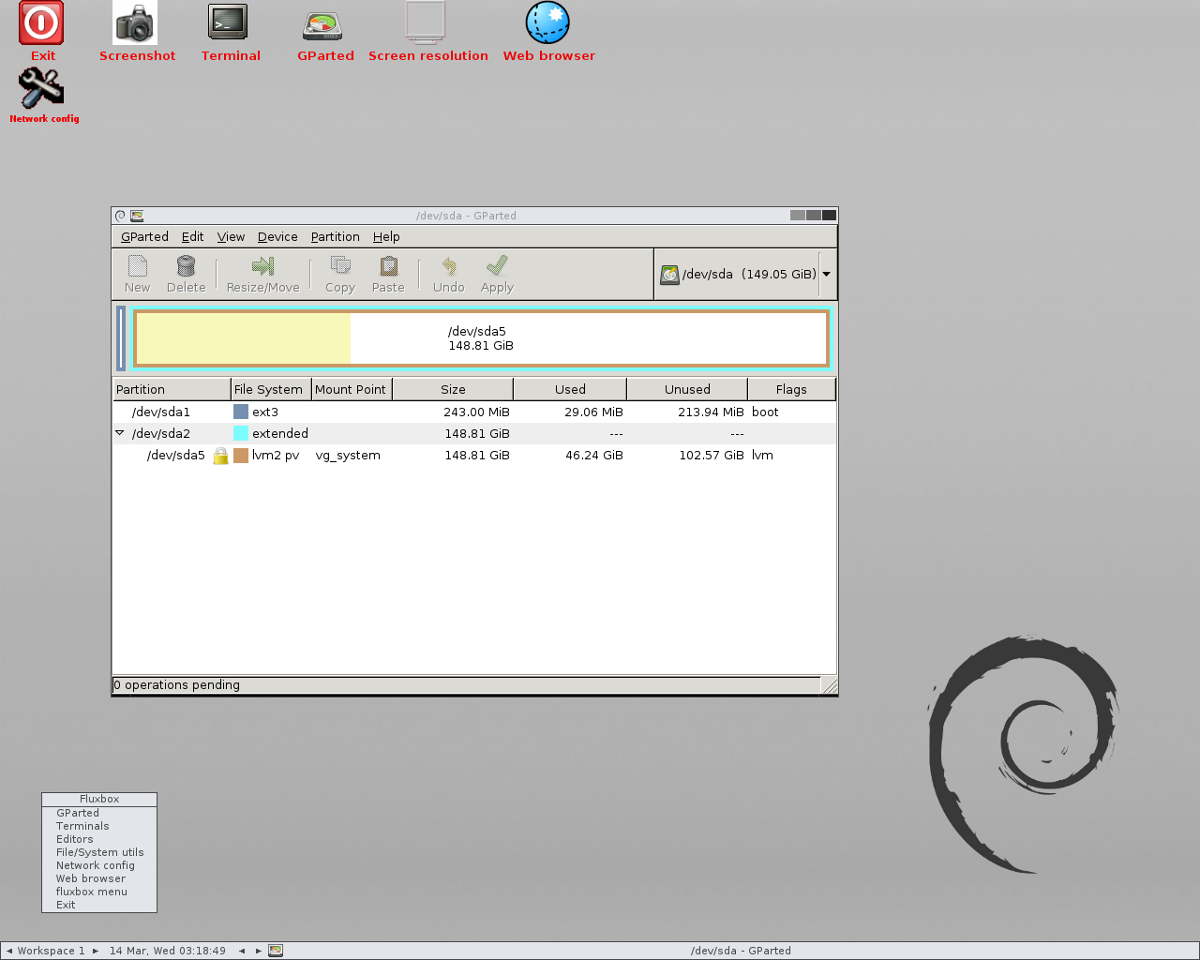
Having some issues with your hard drive? Consider downloading the Gparted Live operating system. It’s a Debian-based system that allows users to modify, check, create, and destroy new hard drive partitions. In addition, the Gparted Live system can run checks on virtually any file-system and fix them too.
Gparted is always a good tool to have laying around, due to how easy the software makes it to interact with partitions on hard drives.
5. SafeCopy
SafeCopy is an older tool, but one that should be talked about regardless. This is a tool that makes it easy to rescue data that otherwise would be lost. This is because it works through I/O errors, and makes it so that users can easily (and safely) recover and move critical data.
The project hasn’t received any notable updates since 2012, and is mostly considered dead. That said, the software still works, even on modern systems. If you’re looking to recover precious data, and have tried everything, it couldn’t hurt to give SafeCopy a try as well.
6. Any Linux Live Disc
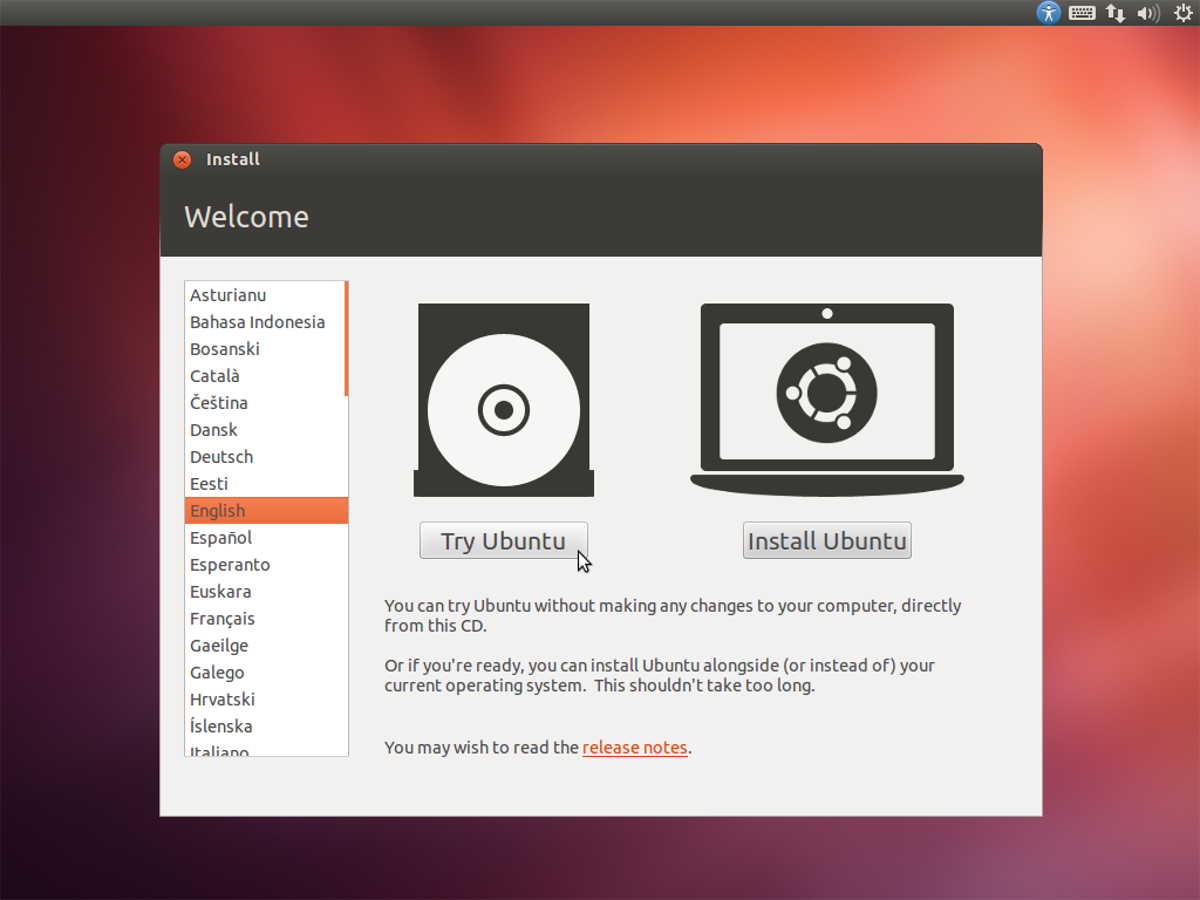
All of the tools talked about on this article are very useful in their own way. That said, if you’ve got a problem, usually a great way to solve it is to just turn to what’s lying around, e.g. any old Linux live disk (Ubuntu, Linux Mint, etc).
Many don’t know it, but a regular Ubuntu live disk has a complete partitioning tool, a terminal environment, a web browser, a file manager, etc. If you’ve got to recover data or run an fsck command to fix a corrupted hard drive, any old live disk has you covered.
Conclusion
Linux live disks have long been favorites for IT professionals. Sometimes, even hardcore Windows and Mac guys find themselves booting up some kind of Linux disk in a last-ditch effort to save data. In the consumer world, Linux may suffer some ridicule in the consumer space. In IT and the server environment, everyone takes it seriously. About 80% of the internet runs on Linux. When it comes to getting actual work done and fixing computers, it’s always good to have one of these close by. You never know when you may need it.
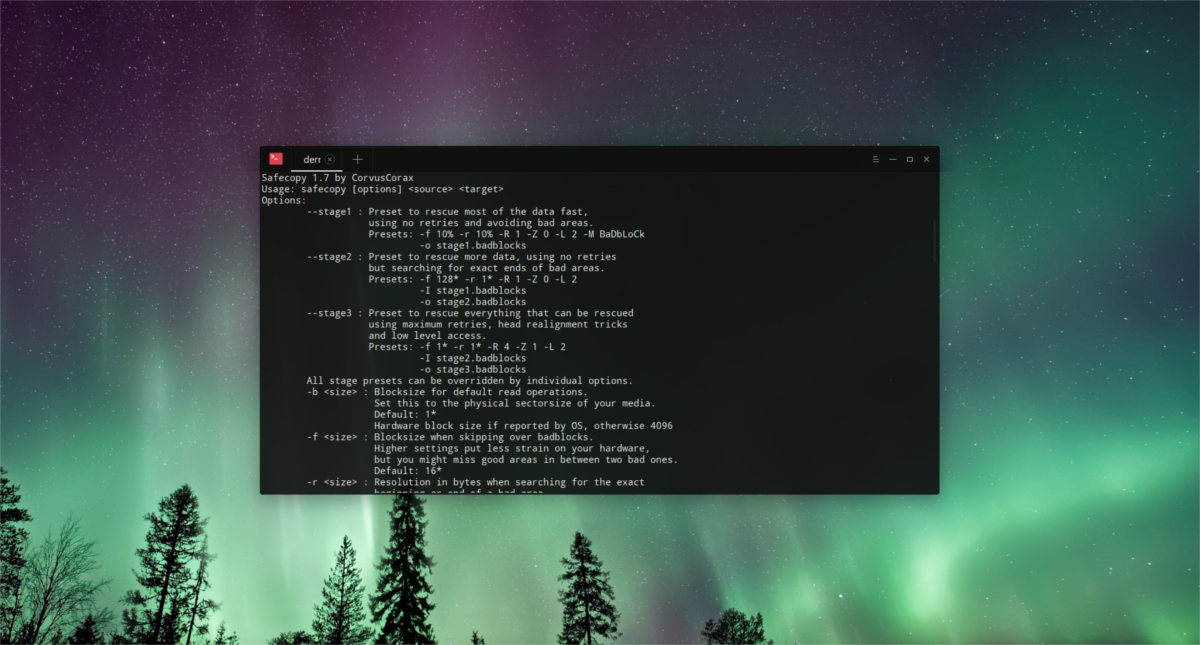

You missed Trinity Rescue Kit
Where is System rescue CD?